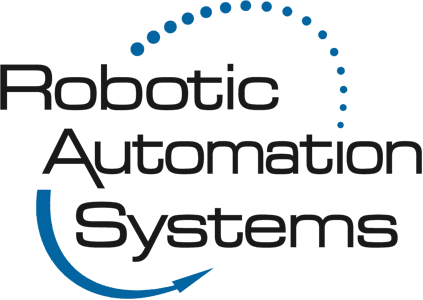Blogs
When designing an efficient assembly sequence, it’s common for engineering teams to break down the process into the individual tasks required to complete the job. These tasks may be manual, automated, or a combination of the two. If the job has enough steps, it may be necessary to transfer the parts to multiple workstations. That’s where specific part transfer methods come into play. Here’s a look at 14 ways to move objects between…
Manufacturing facilities often use low-force, precision press machines to create, form, or assemble products. These machines range drastically in size, depending on the application. Even so, most industrial assembly presses are comprised of a ram, frame, and platen. The ram is the moving element that applies force, and the frame provides a secure mount for the platen, which holds the workpiece in place.
If you’re in the automation industry,…
An end of arm tooling (EOAT) device is an attachment that allows a robotic arm to manipulate objects. Put simply, EOAT provides a “hand” that can accomplish many different tasks, including part picking and placing, insert loading, part confirmation, in-mold labeling, and docking. Innumerable end of arm tooling devices are available, including custom solutions designed for specific applications.
One of the most popular categories for end of…
Object detection is a critical aspect of the automation industry. While sensors don’t measure, identify, or quantify items, they are useful for detecting closing doors, arriving carrier pucks, and objects on a conveyer belt. Object detection communicates the presence, or absence, of a target to the machine’s control system via an electronic signal.
Many different object-sensing technologies are in use today. Here are seven of the most…
Are you looking for innovations to improve your industrial facility’s production flow? If so, consider what robot cells have to offer. They might look like simple machines, but robot cells are capable of performing complex tasks in highly advanced technical situations. Learn more about robot cells to determine if they could be the right solution for your plastic injection molding automation needs.
What is a Robot Cell?
A robot cell—also…
Without industrial robots, the manufacturing process would look vastly different. These machines perform automated tasks deemed too repetitive, hazardous, or strenuous for humans to perform safely. Today’s robots are an integral part of numerous automation applications, including welding, assembly, robotic surgery, pick-and-place tasks, plastic injection molding, and much more.
As you search for the right industrial robot for the job, it’s…
Industrial robots have revolutionized the manufacturing process in numerous industries. Originally introduced to work in inaccessible places and handle radioactive or biohazardous materials, robots are now found in various automation applications, including welding, assembly, robotic surgery, pick-and-place tasks, plastic injection molding, and much more.
If you’re searching for the right industrial robot for the plastics industry, it’s…
Learn How Much an Industrial Robot Arm Costs
The need for industrial robots has significantly increased over the past several years. This is true in the industrial and manufacturing fields as well as in educational facilities. Public schools and colleges are expanding their offerings on robotics and engineering, so they’re purchasing new equipment for classes and programs. The big question is, how much does an industrial robot cost? Well, as…
Without the Engineers, There Would be No Automation
Looking at an assembly line or manufacturing plant and having an idea for a machine that would make the entire process more streamlined and cost-effective is a significant step forward for your business. But you need a mechanical robotics engineering specialist to make that vision a reality. Industrial robots have become an indispensable part of factories all over the U.S. They’re capable of…
Robotic Automation Systems Takes a Closer Look
Articulated robots are one of the most common industrial robots found in manufacturing plants all over the world. What once looked like a futuristic machine from another planet is now commonplace on factory floors in every industry. Their design and similarity to the human arm are what makes them so versatile and capable of completing tasks once performed by people. The ability for precise…
